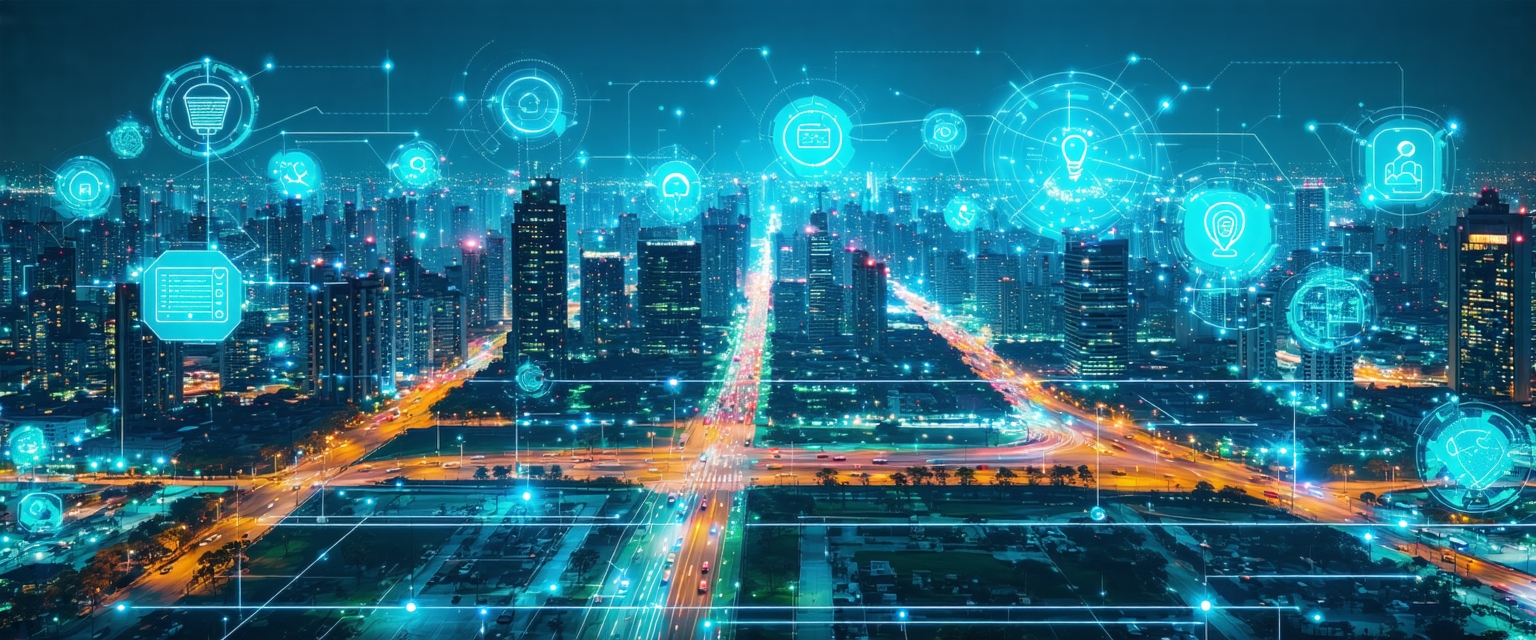






Smart city initiatives are rapidly evolving, leveraging technological advancements to improve urban living. Recent developments in data analytics, AI, and citizen engagement are transforming how cities operate and serve their residents.
The concept of smart cities relies on integrating information and communication technologies (ICT) to optimize city services and resources. This includes managing infrastructure like transportation, energy grids, and waste management, as well as improving public safety and citizen engagement. Early implementations often focused on individual, siloed projects.
We’re now seeing a shift towards more holistic, integrated approaches. Cities are increasingly adopting platforms that combine data from various sources, enabling predictive analytics and proactive service delivery. The use of artificial intelligence (AI) and machine learning (ML) is accelerating, allowing for real-time traffic optimization, improved energy efficiency, and more effective resource allocation. Citizen engagement tools are also becoming more sophisticated, offering personalized services and facilitating two-way communication.
For example, Seoul, South Korea, is utilizing AI-powered systems to predict traffic congestion and dynamically adjust traffic signals in real time, significantly reducing commute times. Elsewhere, cities are experimenting with digital twin technology, creating virtual representations of their infrastructure to test and optimize various scenarios before implementation.
The impact of these advancements is significant. Improved efficiency in resource management translates to cost savings and reduced environmental impact. Enhanced public safety measures lead to safer communities. Better citizen engagement fosters trust and improves city responsiveness. Ultimately, these initiatives aim to create more livable, sustainable, and equitable urban environments.
Future developments will likely focus on further integrating AI and IoT devices, enhancing cybersecurity measures, and addressing issues of data privacy and equity. The focus will shift towards creating truly resilient and adaptable cities capable of responding effectively to future challenges like climate change and population growth. Greater collaboration between cities and the private sector will also be crucial.